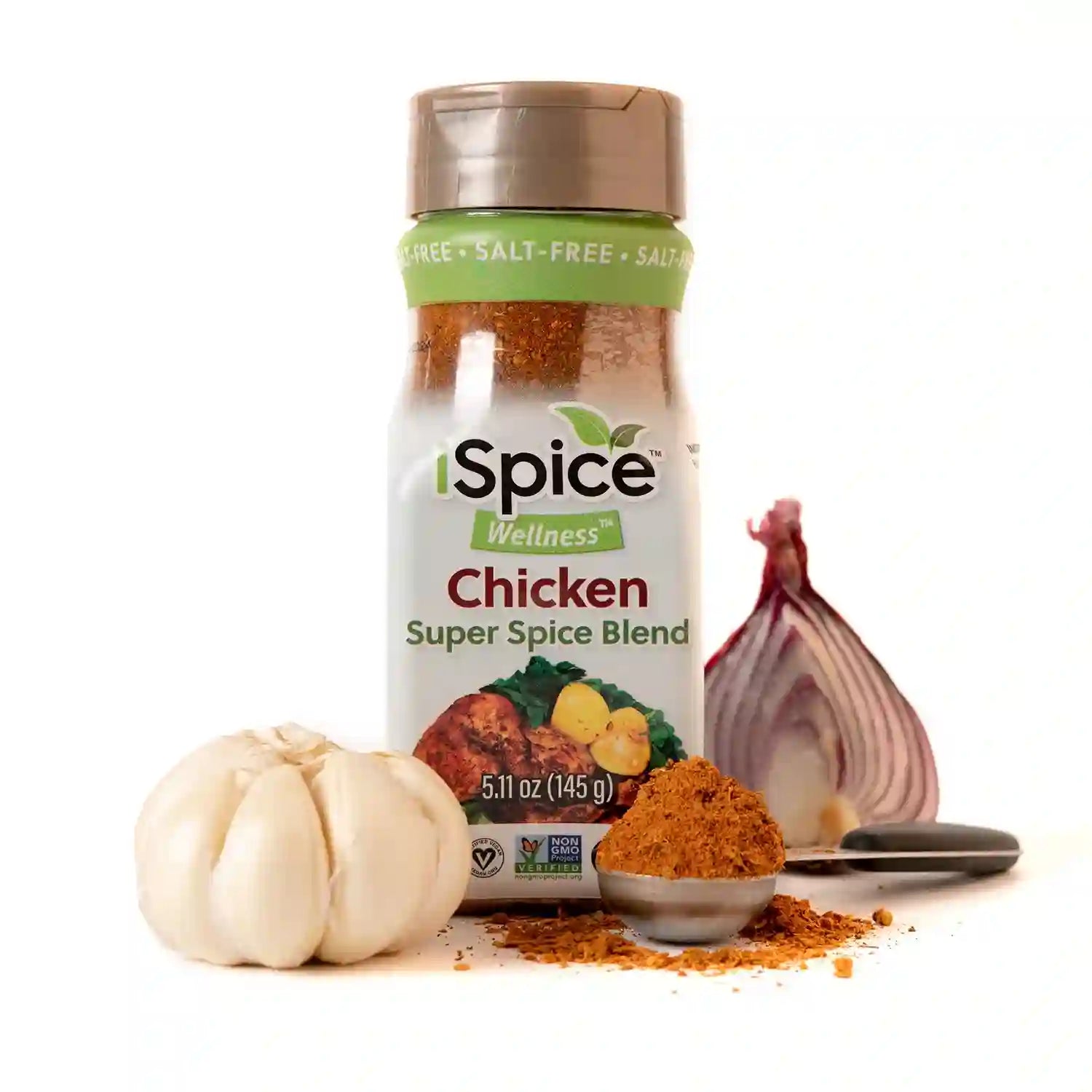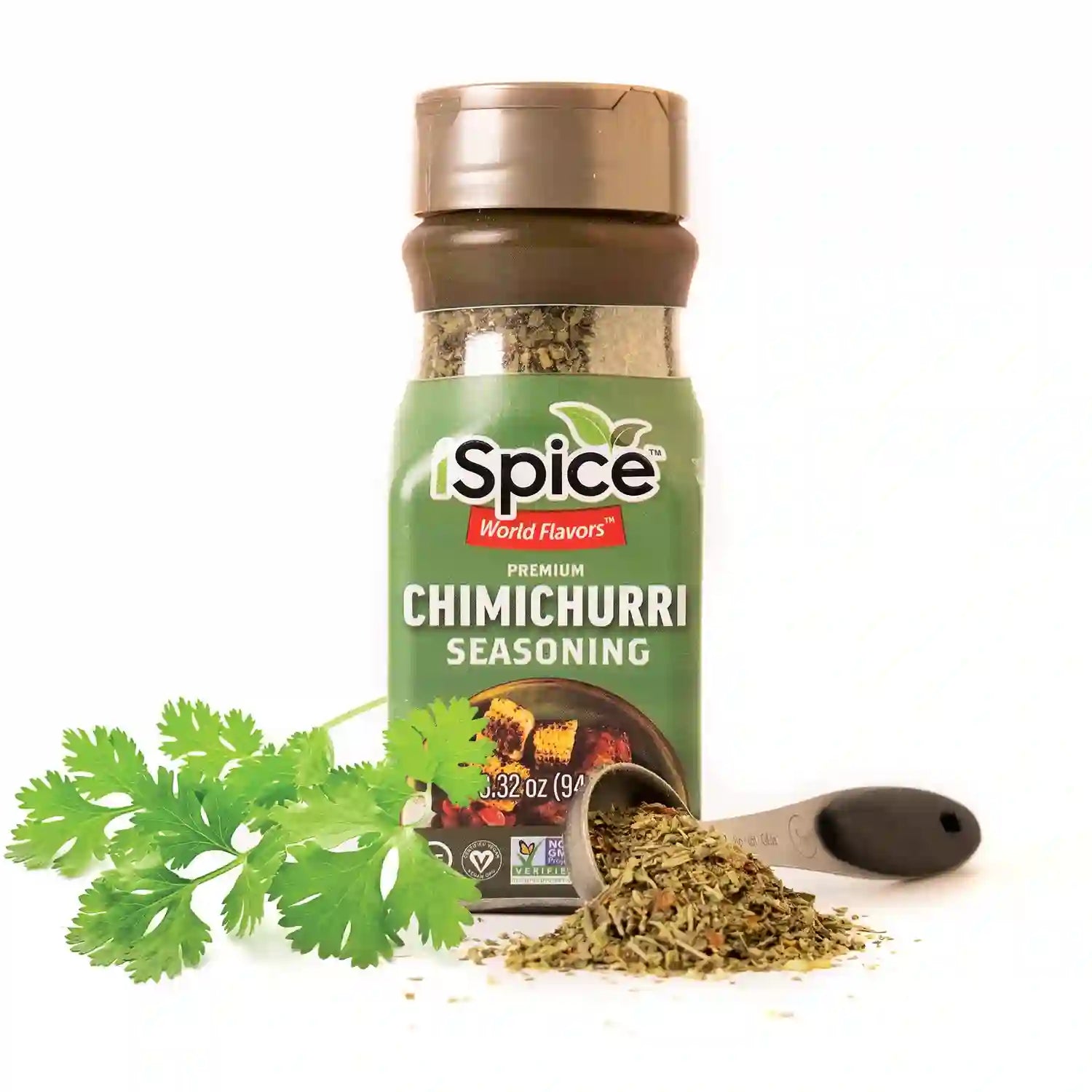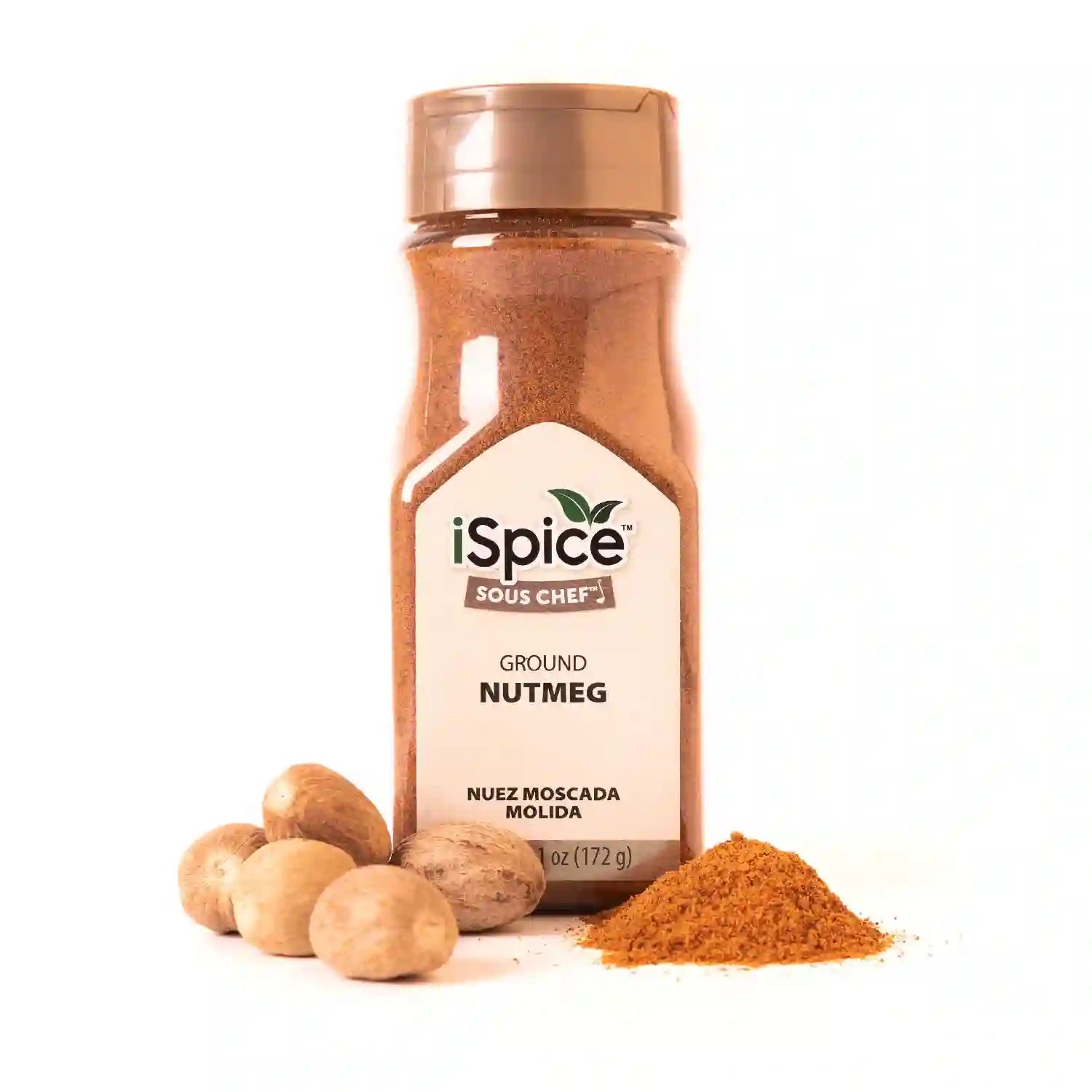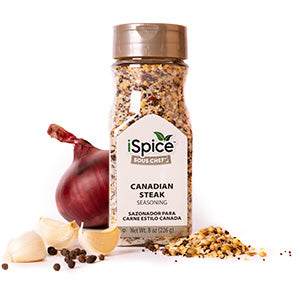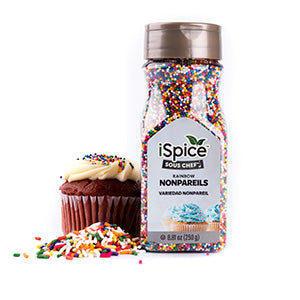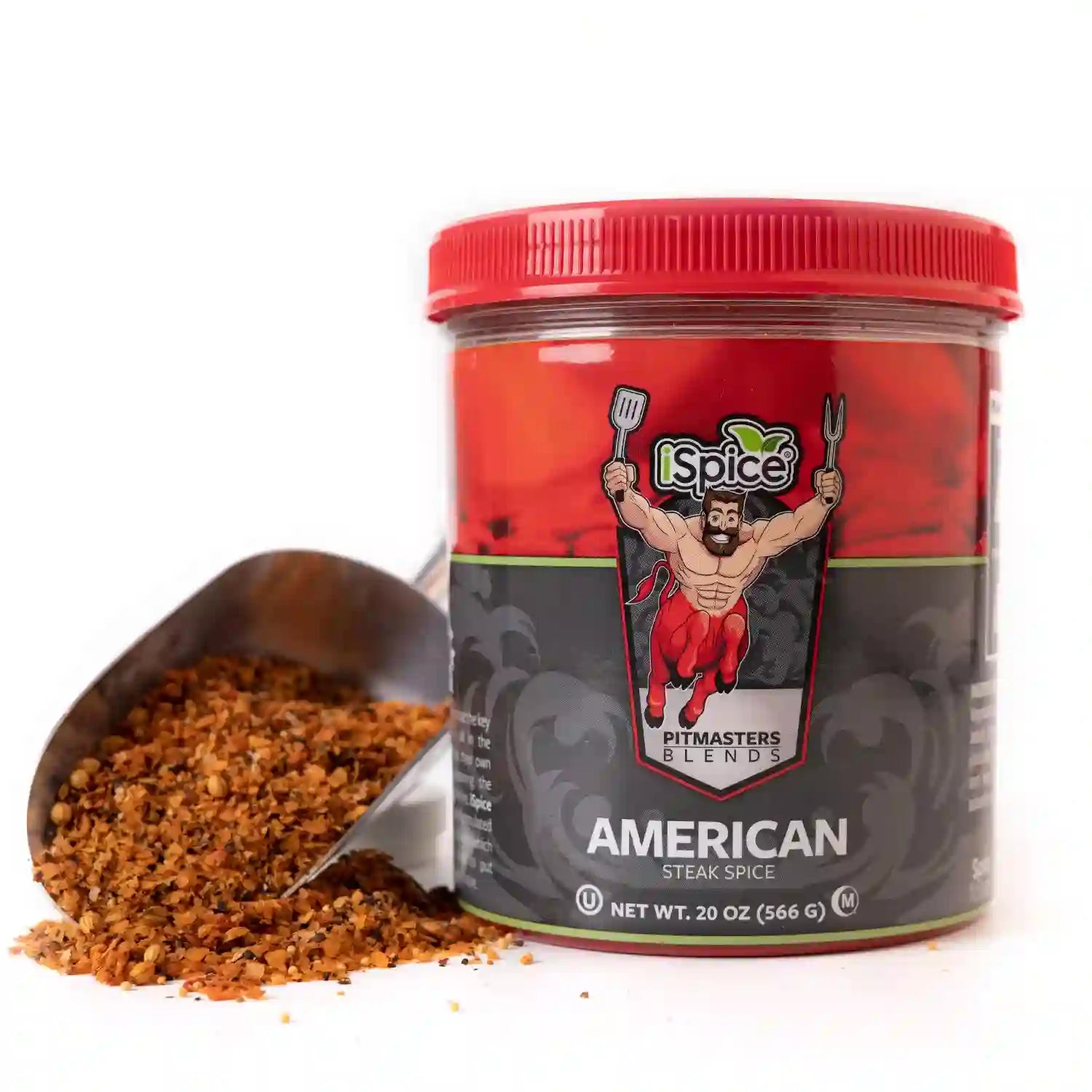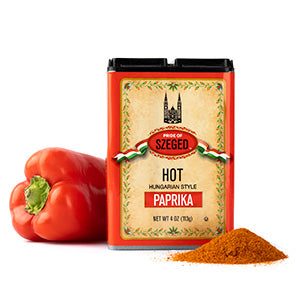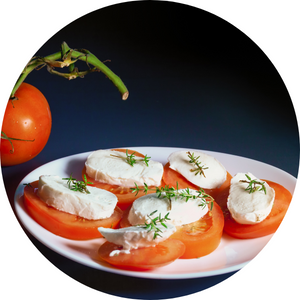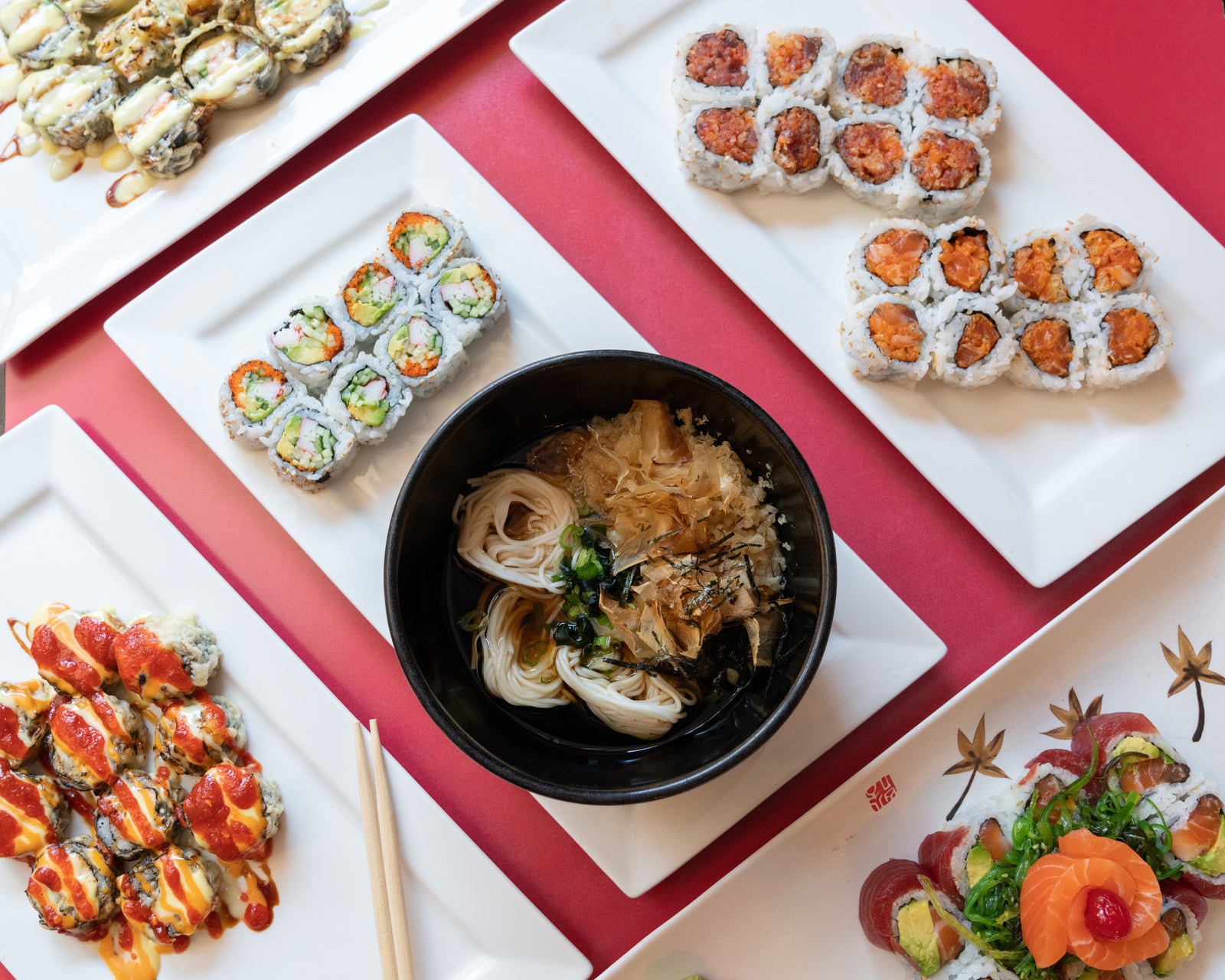
Shiso is one of Japan’s most distinctive and aromatic herbs, known for its refreshing flavor and remarkable versatility. Belonging to the mint family, shiso (Perilla frutescens) adds a burst of brightness and complexity to dishes ranging from sushi and tempura to cocktails and salads.
Today, chefs around the world are embracing shiso’s unique mix of citrus, basil, and mint notes to create innovative fusion meals that bridge East and West. Whether used as a garnish, wrap, or seasoning, this vibrant herb elevates everyday ingredients with its bold personality.
What Is Shiso?
Shiso, often called Japanese basil or perilla leaf, is a leafy herb widely used in Japanese, Korean, and Southeast Asian cuisines. It comes in two main varieties:
-
Green Shiso (Ao-jiso): Fresh, crisp, and slightly minty; often used raw.
-
Red Shiso (Aka-jiso): Earthier, slightly tart, and often used for pickling and coloring foods.
Both types of shiso bring depth and aroma to meals, making them a beloved staple in traditional and modern kitchens alike.
Flavor Profile of Shiso
Shiso’s flavor is both refreshing and complex, combining elements of mint, basil, cilantro, and anise.
Tasting notes:
-
Green shiso: Citrusy, slightly spicy, and cooling.
-
Red shiso: Tangy, astringent, and slightly earthy.
Its aroma is bold yet clean, offering a palate-cleansing quality that complements rich or oily foods beautifully.
Shiso in Japanese Cuisine
In Japanese cooking, shiso is prized for its versatility and ability to balance flavors. It’s commonly used in sushi, sashimi, soups, and rice dishes.
1. Sushi and Sashimi
Fresh green shiso leaves are placed between fish and rice or served as a garnish. They add a refreshing bite that enhances seafood’s natural sweetness.
2. Tempura and Fried Dishes
Whole shiso leaves are dipped in batter and fried, creating a delicate, crispy texture with subtle herbal notes.
3. Pickling (Umeboshi and Tsukemono)
Red shiso leaves are used to color and flavor pickled plums and vegetables, giving them a vivid hue and tangy undertone.
4. Rice and Noodle Dishes
Finely shredded shiso (called shiso-kiri) adds color and brightness to rice bowls, soba noodles, and bento meals.
5. Shiso Beverages
Infused in teas, cocktails, or syrups, shiso brings aromatic freshness to drinks like shiso lemonade or gin-based cocktails.
Shiso in Modern Fusion Cuisine
Shiso’s unique taste has made it a favorite ingredient in global fusion cooking. Its herbaceous flavor pairs effortlessly with Western and Mediterranean ingredients.
1. Shiso Pesto
Replace basil with green shiso for an Asian-inspired twist on classic pesto. Perfect for pasta, seafood, or grilled vegetables.
2. Shiso Salads
Combine shiso with leafy greens, citrus fruits, and sesame dressing for a crisp, fragrant salad.
3. Shiso-Wrapped Appetizers
Use whole leaves to wrap grilled meats, tofu, or rice for a fresh, handheld snack.
4. Shiso Butter or Oil
Blend shiso into softened butter or olive oil to drizzle over grilled fish or bread.
5. Desserts and Drinks
Red shiso syrup adds color and tang to sorbets, cocktails, and even sparkling water.
Cooking Tips for Using Shiso
-
Add fresh: Shiso loses flavor quickly when heated—add near the end of cooking.
-
Use as garnish: A single leaf can elevate presentation and aroma.
-
Store properly: Wrap in a damp paper towel and refrigerate to maintain freshness.
-
Balance flavors: Combine with soy sauce, sesame, citrus, or ginger for harmony.
-
Experiment with both colors: Green for fresh dishes, red for pickles or beverages.
Pairing Shiso with Other Ingredients
Best pairings:
-
Seafood: Tuna, salmon, shrimp, scallops.
-
Vegetables: Cucumber, eggplant, daikon, avocado.
-
Fruits: Mango, citrus, plum, or strawberry.
-
Herbs and spices: Ginger, mint, lemongrass, chili.
-
Sauces: Soy, miso, sesame, or ponzu.
Shiso’s flexibility allows it to move seamlessly between savory and sweet recipes, enhancing both balance and freshness.
Frequently Asked Questions About Shiso
1. What does shiso taste like?
Shiso tastes like a mix of mint, basil, and citrus with a touch of spice—bright and refreshing with a complex herbal finish.
2. Can you eat shiso raw?
Yes. Shiso is most often enjoyed raw in salads, sushi, and garnishes to capture its full aroma.
3. What’s the difference between red and green shiso?
Green shiso is mild and crisp, ideal for fresh dishes, while red shiso is tangy and used mainly for pickling or coloring.
4. Where can I buy shiso?
You can find fresh or dried shiso leaves in Asian grocery stores, Japanese markets, or online spice retailers.
5. Can I grow shiso at home?
Yes. It grows easily in pots or gardens with sunlight and moist soil, much like basil.
6. What dishes benefit most from shiso?
Sushi, sashimi, salads, cocktails, and grilled seafood—anything that benefits from brightness and aroma.
Final Thoughts
Shiso is a herb that bridges tradition and innovation—a cornerstone of Japanese cuisine and a rising star in fusion cooking. Its refreshing flavor, versatility, and aesthetic appeal make it an essential ingredient for anyone exploring new ways to season and balance dishes. Whether paired with seafood, salads, or even desserts, shiso proves that great flavor often comes from the simplest leaves.

